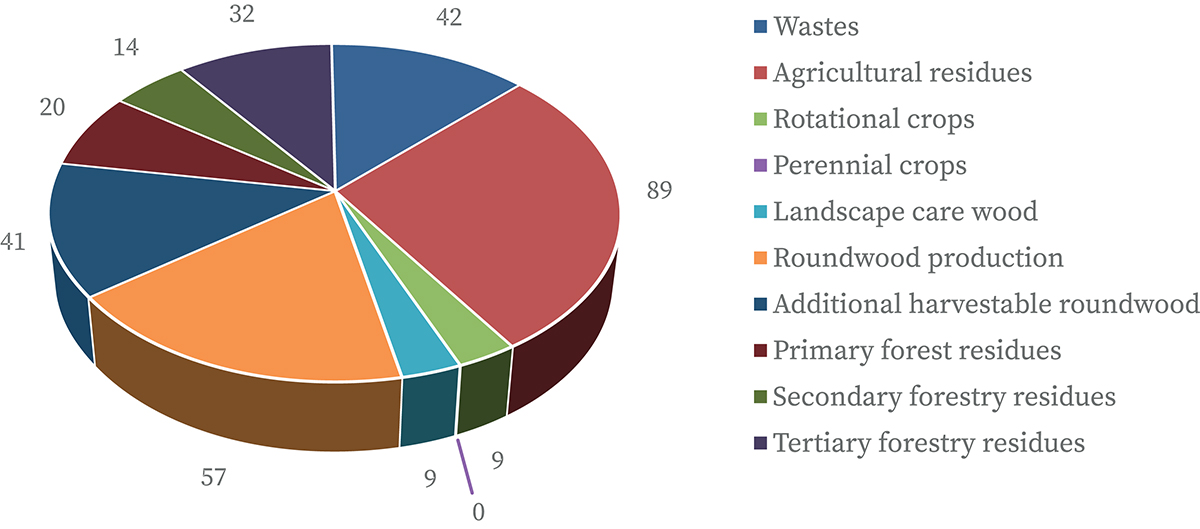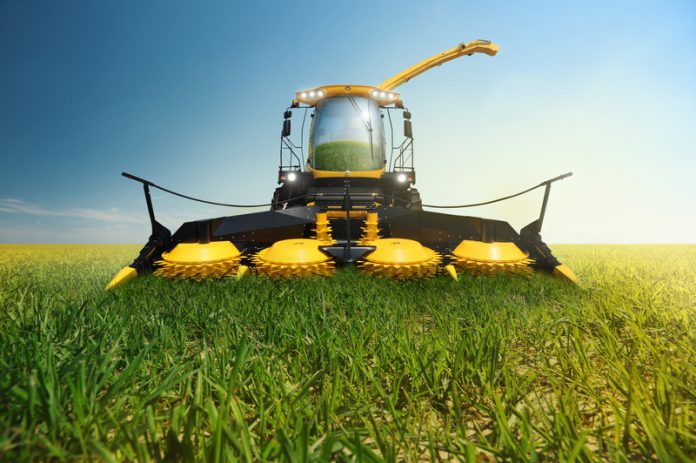Hartmut Welck, Project Manager at Steinbeis 2i GmbH puts across the point that biomass sidestreams offer a high potential to achieve the goal of a sustainable bioeconomy
A major challenge for the future is the high competition on feedstock for different applications (like for energy and/or material usages) with implications on rising prices for biomass sources, rising biomass harvestings and rising transporting distances and costs. The availability of raw materials and the efficiency of their use will, therefore, become a new competitive advantage. Therefore, biomass sidestreams offer high potential in terms of a multi-cascading usage and also in respect to achieving close-loop-systems.
The biobased economy is seen by many as a future base for a sustainable society and economy. New innovative techniques, partnerships, businesses and policies are being developed, replacing fossil-based fuels and materials with renewable materials. Biomass, as a renewable and abundant resource, has many direct and indirect applications for food, feed, fuels, fertilizers, chemicals and materials. In a sustainable bioeconomy, wastes and industrial side streams will play an even more significant role as raw materials. (1)
The EC H2020 funded project AGRIFORVALOR (www.agriforvalor.eu) focusses on the valorisation potential of biomass sidestreams (2) by facilitating innovation partnership networks, aligning multi-actors from primary sector (agriculture and forestry) with the business and research community piloted in three hubs, Hungary, Ireland and Andalusia (Spain).

The EC Directive 2008/98 sets the basic waste management concepts and definitions, such as definitions of waste, recycling and recovery. It explains when waste ceases to be waste and becomes a secondary raw material and how to distinguish between waste, by-products and residues. (3)
Sidestreams role in achieving a sustainable bioeconomy is important to broaden the feedstock base without increased land usage and added to this, they are non-food competitive. (4) In addition, circular concepts can be successfully applied to biobased production chain in terms of “waste” valorisation, as each step in the supply chain of biobased products may provide sidestreams with different characteristics, which can be valorised in various ways. (5)
For Europe (EU-27), available biomass sidestreams were estimated to be 314 MTOE, of which estimated agricultural residues (89 MTOE) and (primary and secondary) forestry residues (34 MTOE) are the main sources as shown in figure 1. (6)
In figure 2, a rough estimation of agricultural and forest-based biomass sidestreams (kton) available within the AGRIFORVALOR Innovation Design Hubs is given.

From figure 2, it follows that the different hubs each have their own specific palette of available biomass sidestreams. In Andalusia, there is a huge availability of residues from the olive groves and processing industry. Ireland has a large surplus and sidestreams of grass and manure from livestock, while in Hungary there are a lot of dairy sidestreams, and crop residues, including straw and residues of sugar beet and corn production. Depending on the type of biomass sidestreams, different techniques to valorise the biomass sidestreams can be stimulated regionally.
The analysis of valorisation technics of biomass sidestreams in the hubs have shown that for agricultural related biomass sidestreams, digestion, extraction, fermentation, combustion and pyrolysis seem promising techniques resulting in building blocks, intermediates and end products for use in the food, (fine) chemical, functional materials and fuel sector.
For forestry related biomass sidestreams, extraction, combustion, pyrolysis, chipping and pelletising are important techniques found to valorise woody sidestreams into marketable products, such as heat, electrical power, fertilizer, biochar, bio-oil and syngas.
Agricultural biomass sidestreams are mainly valorised to food applications, probably due to its calorific value in combination with the cost-effectiveness of the techniques and biomass side-streams. (7)
As concerns good practice cases, there are promising examples, such as olive biomass sidestream valorised as functional foods, food supplements and active pharmaceutical ingredients (Natac),(8) sawmill sidestreams valorised as wood pellets (Laois Sawmills) (9) plus meadow grass valorised as bioplastic, fine chemicals and natural fertilizer (BioWert). (10)
An internet application presents valorisation techniques and good practice cases: the Sidestream Value Tool. This digital interactive and dynamic tool enables the sharing of information, connecting multi-actors and identifying exploitation topics and new business models. It also allows registered users to add more sidestream profiles.
Conclusion
Biomass sidestreams have a massive potential to contribute to Europe’s policy on renewable energy and biobased economy. Many innovations are ongoing. This comprises research as well as building up experiences at pilot scale, market implementation and business development. A sustainable circular biobased future is coming closer, but still, a giant step has to be taken in this transition from a fossil-based economy to a sustainable renewable and biobased economy.
The transition will be stepwise, building on recently developed techniques and working on innovations through cross-sectoral and interdisciplinary research and development activities. Besides the local availability of biomass sidestreams, the local availability of knowledge, experience, culture and policy context will determine which valorisation techniques are most suited. The ability to learn, cooperate and implement locally is very important for success. Connecting to multi-actor networks, including biomass producers, science, education, and the finance and business sector, is key for access to knowledge and business solutions, and for achieving a sustainable bioeconomy in the future.
References
1 Corrado et al, 2018, Bio-Economy Contribution to Circular Economy.
2 AGRIFORVALOR defines high potential waste, by-products and residues as sidestreams.
3 EC Directive 2008/98.
4 Bioeconomy Science Center, Research programme, https://www.biosc.de/research_programme
5 Corrado et al, 2018, Bio-Economy Contribution to Circular Economy.
6 Elbersen et al. 2012, Atlas of EU biomass potentials.
7 Kees et al., 2017, Potential of biomass sidestreams for a sustainable biobased economy.
8 www.natac.es/innovaoleo-by-natac/?lang=en
Hartmut Welck
Senior Project Manager
Steinbeis 2i GmbH
Tel: +49 711 123 4031











